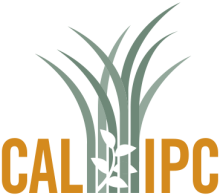Climate Matching Map
| Attachment | Size |
|---|---|
| climatematch-pentaglottis_sempervirens-california-20251101.pdf (1.11 MB) | 1.11 MB |
1. Question 1
2. Question 2
3. Question 3
Noted as invasive by Botanical Society of Britain and Ireland. Noted as a watch species by the Washington State Noxious Weed Control board. No formal government agencies list the species as invasive, as of this writing.
4. Question 4
5. Question 5
Anchusa should be a closely related genus (Anchusa is a synonym for Pentaglottis and both are in the Boragininae subtribe of Boraginaceae)
6. Question 6
7. Question 7
8. Question 8
9. Question 9
Minimal information on effects on livestock grazing. Closely related plants contain alkaloids.
10. Question 10
11. Question 11
12. Question 12
13. Question 13
14. Question 14
15. Question 15
16. Question 16
17. Question 17
18. Question 18
19. Question 19
20. Question 20
Evaluation Notes
Information on dispersal and invasability in natural areas not well documented. For example in the UK, the plant was introduced in the 1700's however many records of the plant are from after 2010. Which could indiciate it is spreading or it is popular with gardeners. Very few ecological studies on this species, the few studies consist of surveys of areas in Europe where this plant was found.
https://bsbi.org/maps?taxonid=2cd4p9h.ccv#style=N4IgzgpgTglhYgFwG1QAcCGU...
Added updated climate match map and link but did not check whether answer to #6 is still accurate. Also made minor corrections to references on new website (J. Burger 11/1/2925(=)






